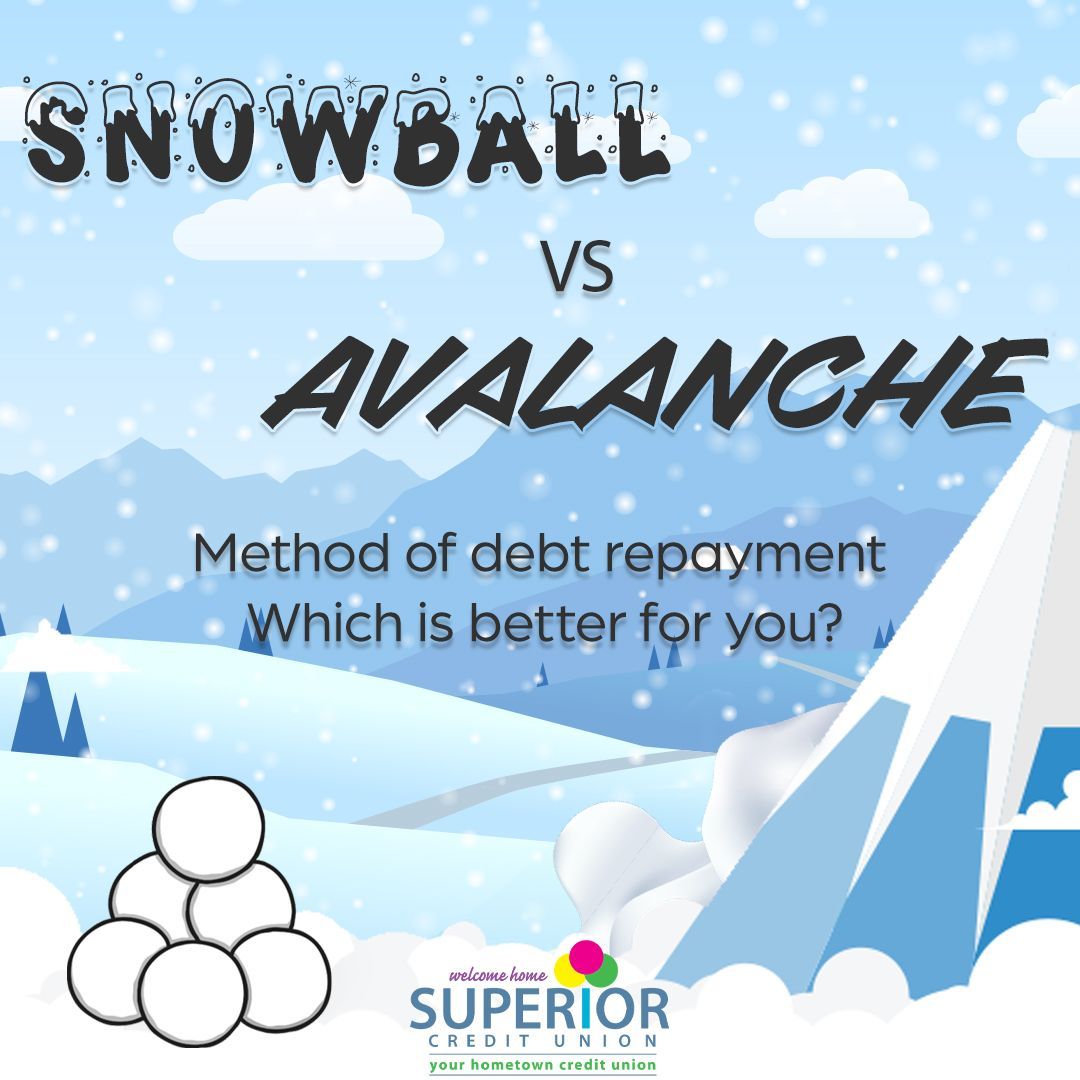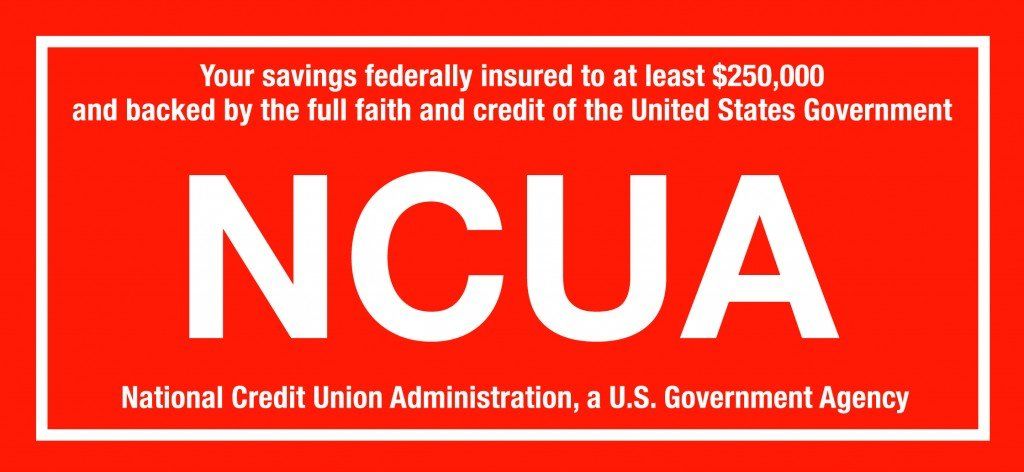Debt Repayment: Snowball vs. Avalanche Methods


Snowball vs. Avalanche: Two Proven Strategies to Tackle Debt
When it comes to paying off debt, there’s no one-size-fits-all solution—but there are smart strategies that can help you take control and work toward a debt-free life. Two of the most popular approaches are the Debt Snowball and the Debt Avalanche methods. Each has its own strengths, and understanding the differences can help you choose the plan that best fits your personality, motivation style, and financial goals.
❄️ What Is the Debt Snowball Method?
The Debt Snowball method, popularized by personal finance expert Dave Ramsey, is all about momentum. You start by listing all your debts from smallest to largest balance, regardless of the interest rates. Then:
- Make minimum payments on all debts except the smallest.
- Use any extra funds in your budget to aggressively pay off that smallest debt.
- Once it’s paid off, take the amount you were paying and apply it to the next-smallest debt—rolling your payments forward, like a snowball gaining speed and size.
✅ Pros of the Snowball Method:
- Quick wins: Paying off small debts fast feels good and builds confidence.
- Motivating: Seeing debts disappear keeps you energized.
- Simple to implement: It’s easy to follow and doesn’t require complex math.
❌ Cons of the Snowball Method:
- Interest costs more: You might end up paying more overall, because you’re not targeting high-interest debts first.
📘 Learn More:
🔥 What Is the Debt Avalanche Method?
The Debt Avalanche method is designed for maximum interest savings. Instead of focusing on balance size, you focus on interest rate. Here's how it works:
- List all debts from highest interest rate to lowest.
- Continue making minimum payments on everything except the one with the highest interest.
- Pay off the most expensive debt first, then move to the next-highest rate, and so on.
✅ Pros of the Avalanche Method:
- Saves money: By eliminating high-interest debts first, you’ll pay less over time.
- Faster repayment (mathematically): More of your money goes to principal, not interest.
❌ Cons of the Avalanche Method:
- Slower to feel progress: If your highest-interest debt is also your biggest, it may take a while to pay off your first account.
- Requires discipline: You need to stay focused even when results take longer to appear.
📘 Learn More:
🧠 Which Method Should You Choose?
That depends on your personality and motivation:
- If you're the type who needs small victories to stay motivated, the Snowball Method may be the better fit.
- If you're numbers-driven and want to pay the least amount of interest, go with the Avalanche Method.
Some people even use a hybrid approach: starting with a small snowball for motivation, then switching to avalanche to save money long-term.
💡 A Final Tip: Budget First, Always
No matter which method you choose, the most important factor is your budget. Make sure you're spending within your means and not taking on more debt while you pay down existing balances. Try to:
- Cut unnecessary expenses,
- Build an emergency fund,
- And avoid new credit unless absolutely necessary.
🧘♀️ The End Goal: Freedom from Debt
Whether you're rolling a snowball or triggering an avalanche, the ultimate reward is a life free from the stress of debt. Imagine what you could do with that monthly payment money once it’s yours again—save for a home, invest, travel, or simply rest easy knowing you're in control of your finances.
Need help creating a plan? At Superior Credit Union, our financial counselors can help you decide which method works best for your unique situation—and help you stay on track every step of the way.
Let me know if you’d like a shorter teaser post or a visual version of this for social media!

